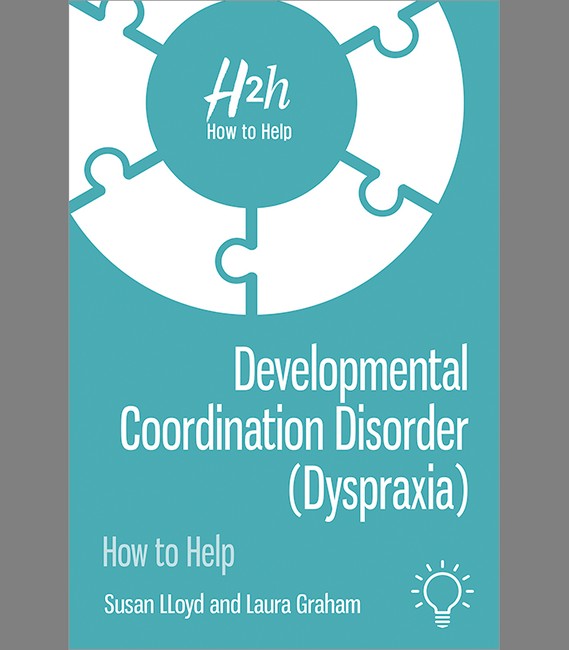Description
SUSAN LLOYD is an experienced occupational therapist and specialist teacher who has worked in the NHS, social services departments and independent practice in the UK, Denmark and Canada. Sue has worked with adults and children with a wide range of conditions as both a senior practitioner and manager. As a teacher, she has worked mainly with children with a range of neurodevelopmental disorders in schools, specialist learning centres and private practice. She has a daughter with DCD. LAURA GRAHAM is a paediatric occupational therapist working in independent practice. She is community based and works primarily within homes and educational settings with people with neurodevelopmental conditions that impact on performance and participation. Prior to setting up her practice Laura worked for many years in NHS community teams. She has two teenage children, one with a chronic medical condition and another with DCD.
Series Preface; About the Authors; Authors' Preface; How to Use This Book Part 1: Introduction 1. What is DCD?; 2. Causes and consequences; 3. Resources and assessment 4. IDEAS for effective support; Ten key things to know about DCD Part 2: DCD in context 5. Motor skills and movement; 6. Motor learning stages and underlying sensory systems; 7. Visual perception; 8. Sensory systems as a foundation for function; 9. Cognitive skills and mental health Part 3: Activities of daily living 10. Motivation and mobility; 11. Dressing and chaining techniques; 12. Shoes and clothing; 13. Washing and grooming; 14. Teeth cleaning and toileting; 15. Eating and drinking Part 4: Home and primary school 16. The parents and the home; 17. Communication, play, leisure and games; 18. Primary school; 19. Literacy and Numeracy; 20. Tools used in the primary classroom; 21. Handwriting and hand dominance; 22. Handwriting: process and product Part 5: Secondary school 23. Secondary school; 24. Basic ideas and IDEAS; 25. Strategies for understanding, organisation and communication; 26. Strengths in drama, music, art and design; 27. Strengths in English, science and mathematics; 28. Study skills and examinations Part 6: Sport, exercise and independence 29. Physical activity and its importance; 30. Movement, practice and feedback; 31. Physical activity at school; 32. Staying healthy; 33. Travel, study and work Part 7: Conclusion 34. Summary; 35. A last word to parents and carers; 36. A last word to teachers and schools

